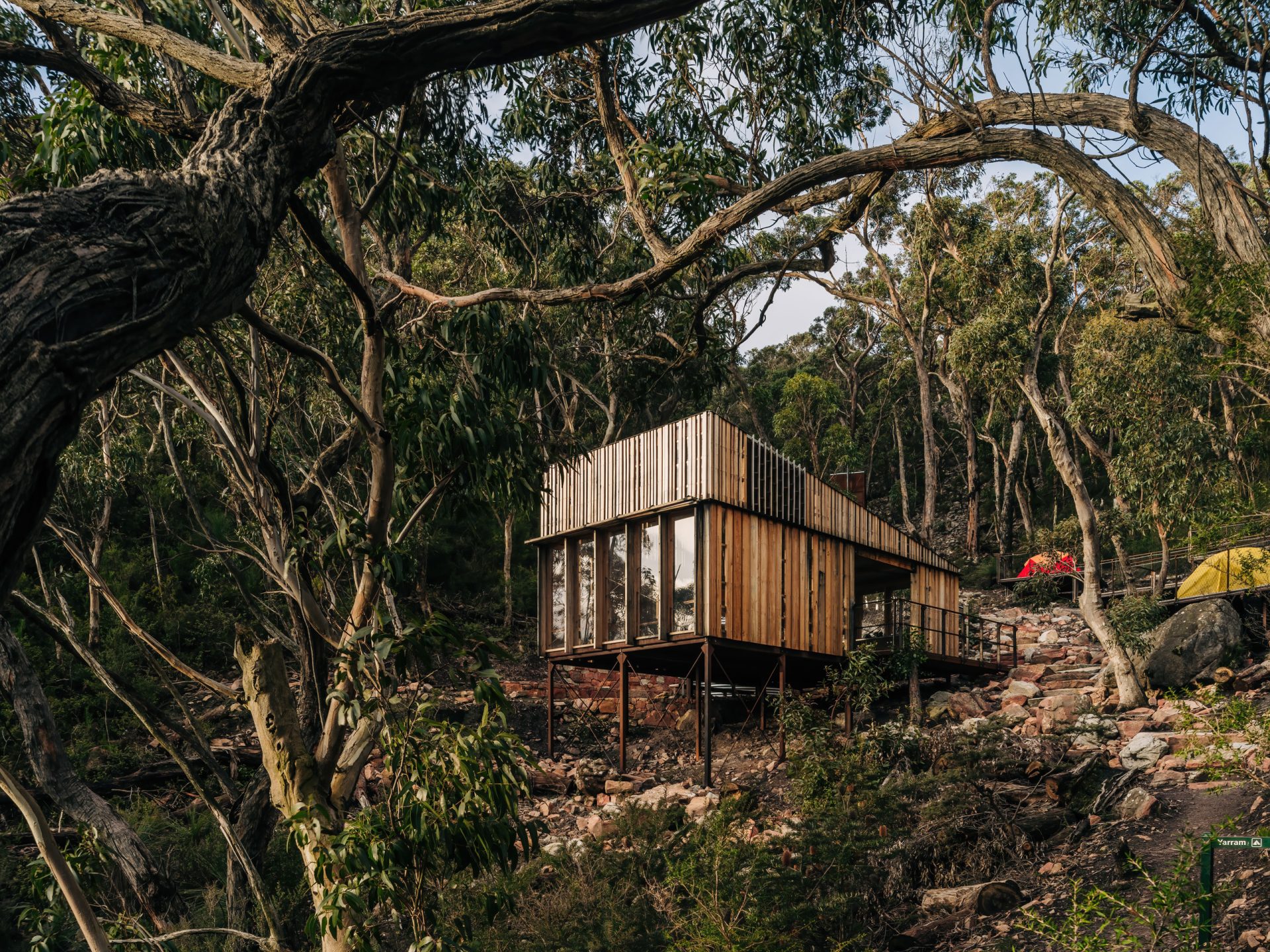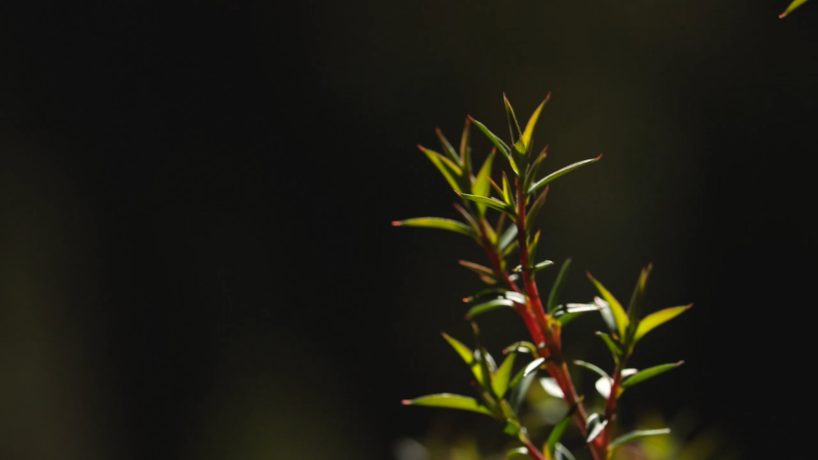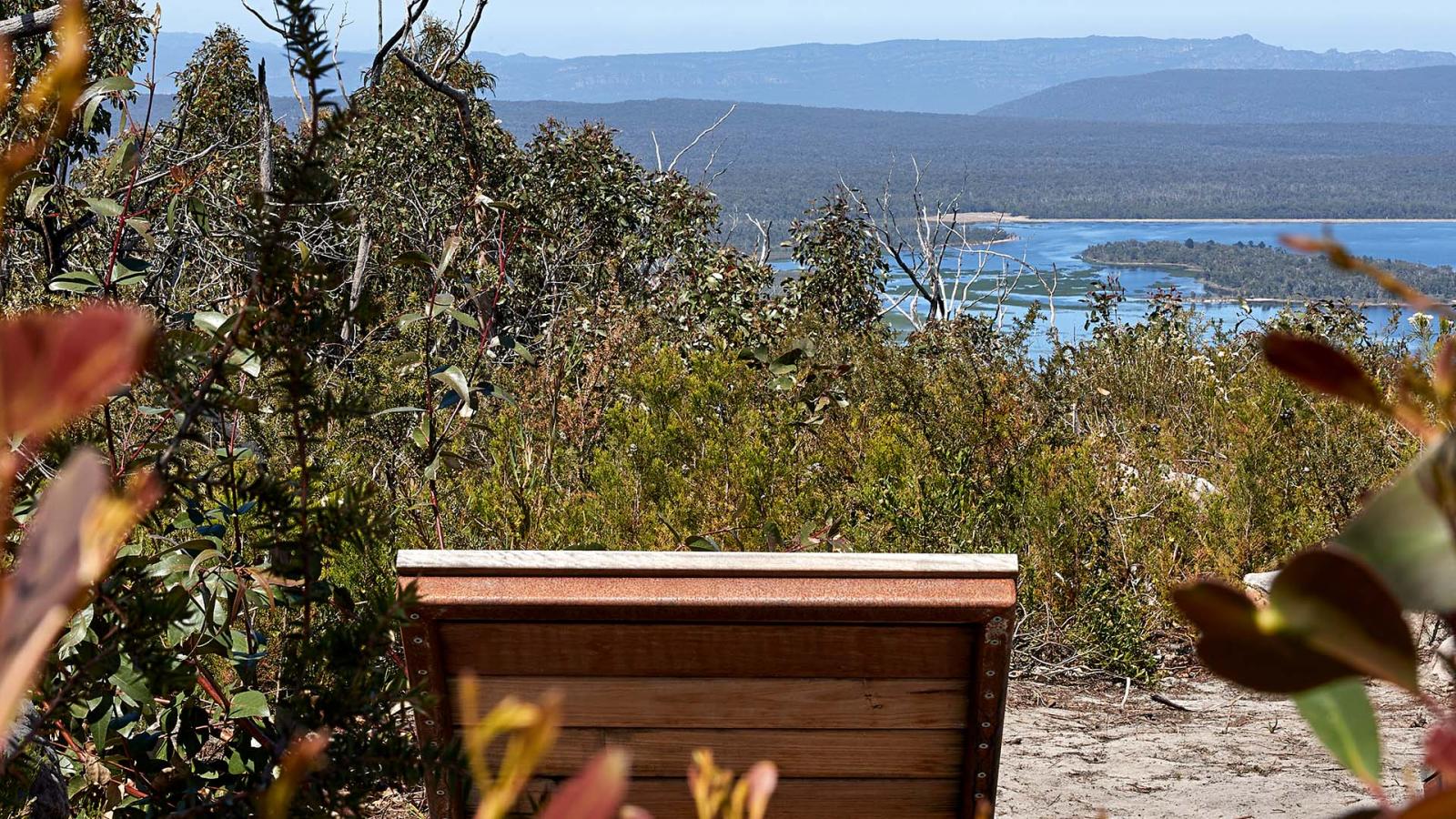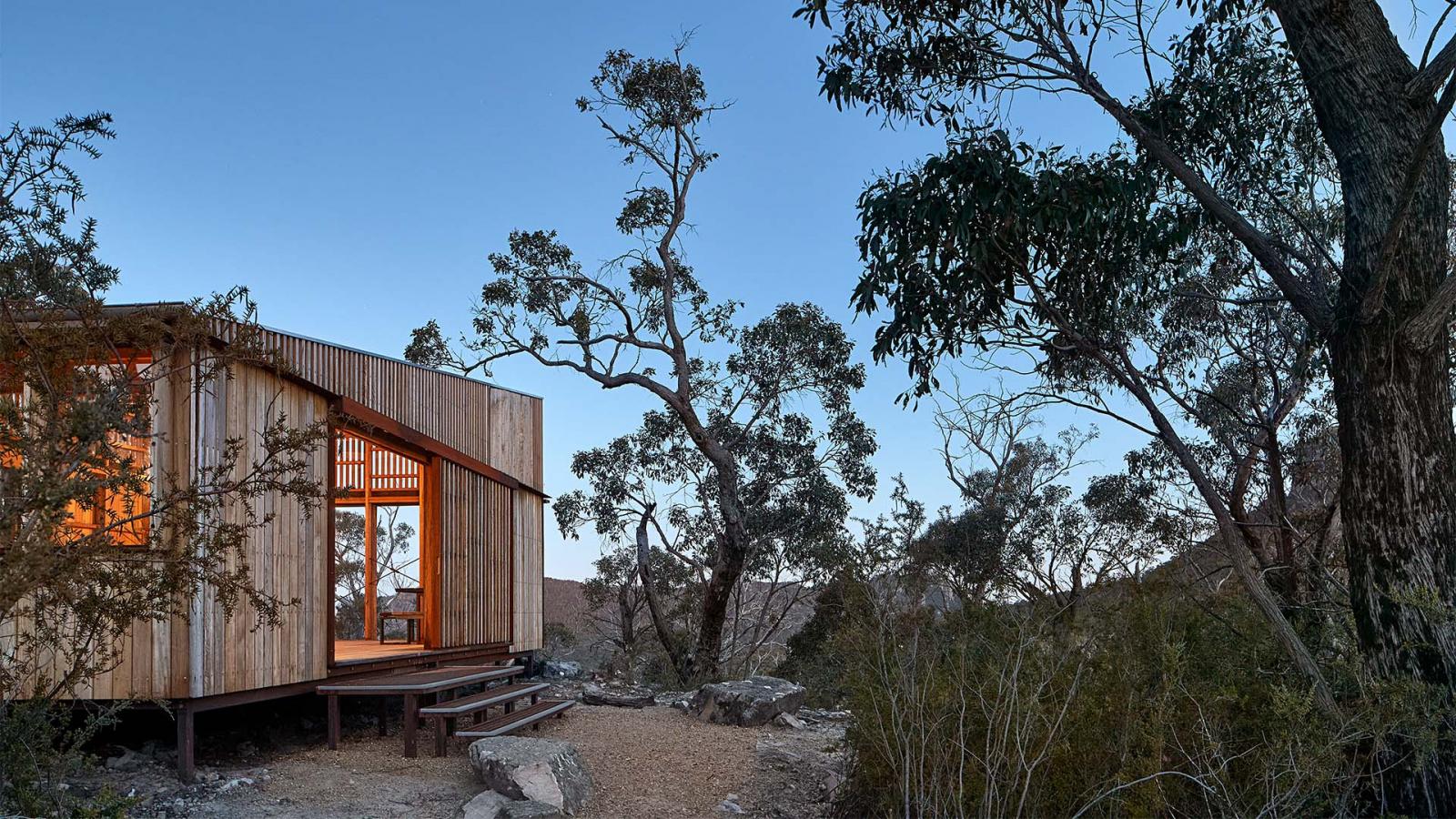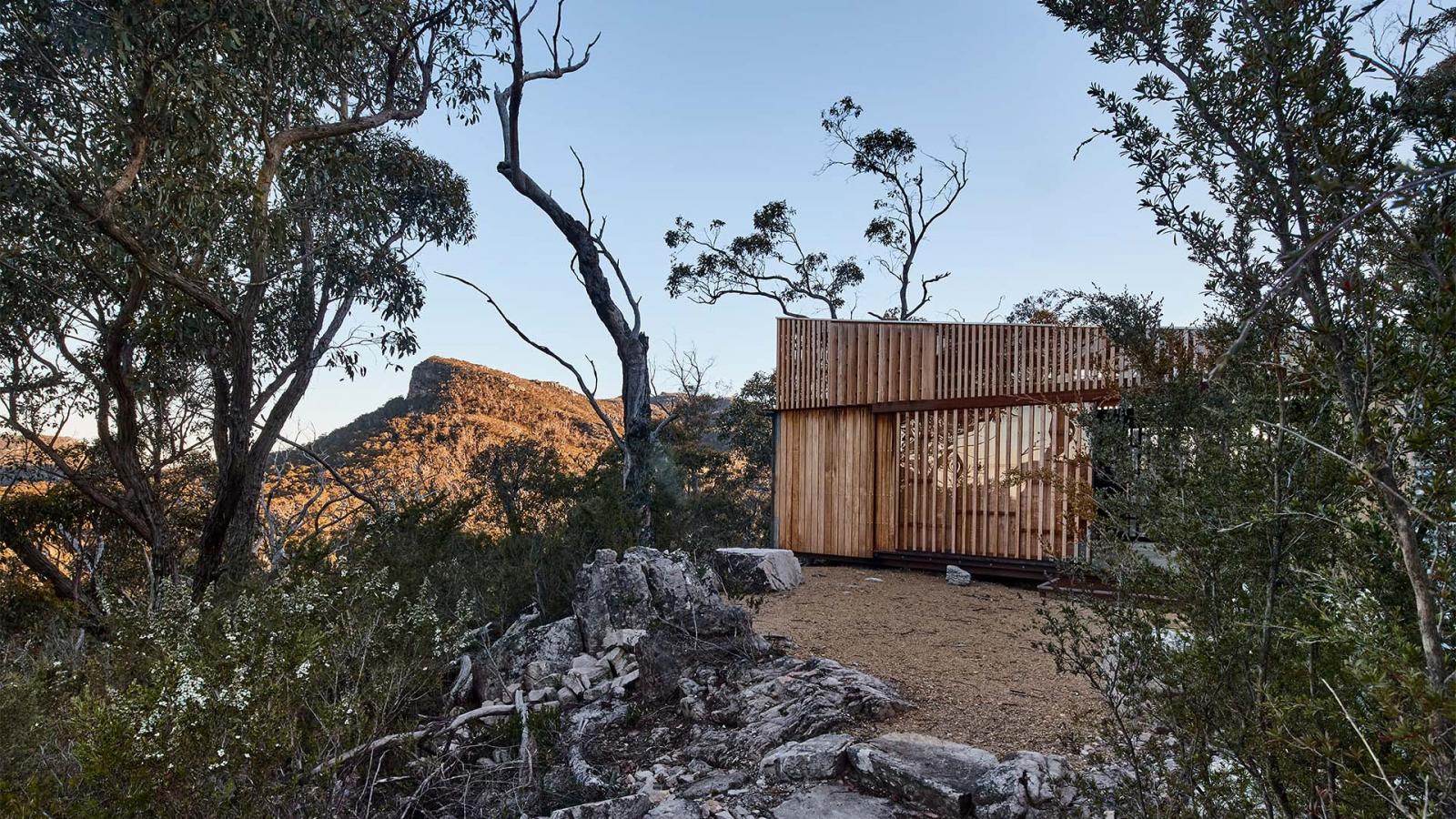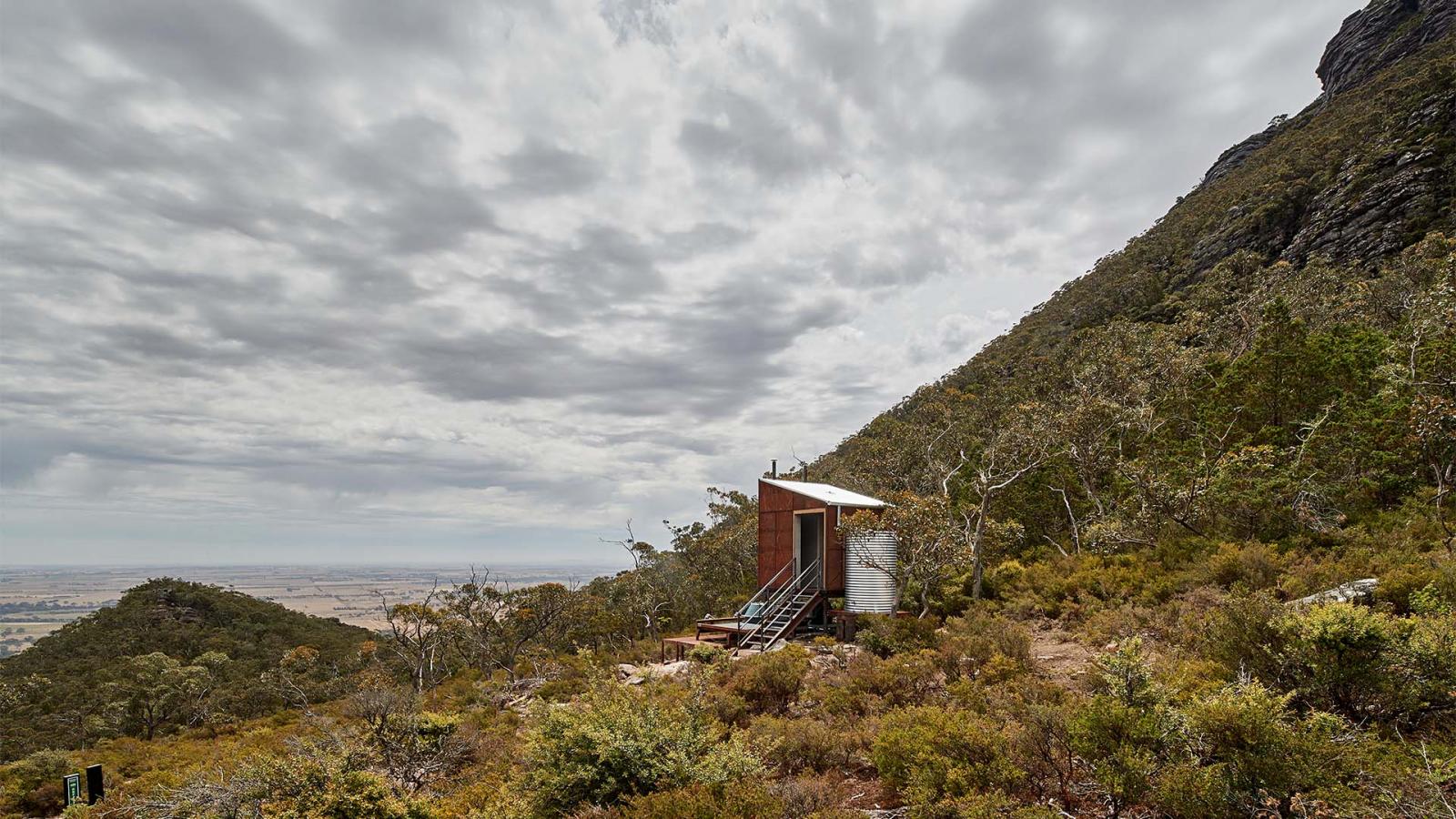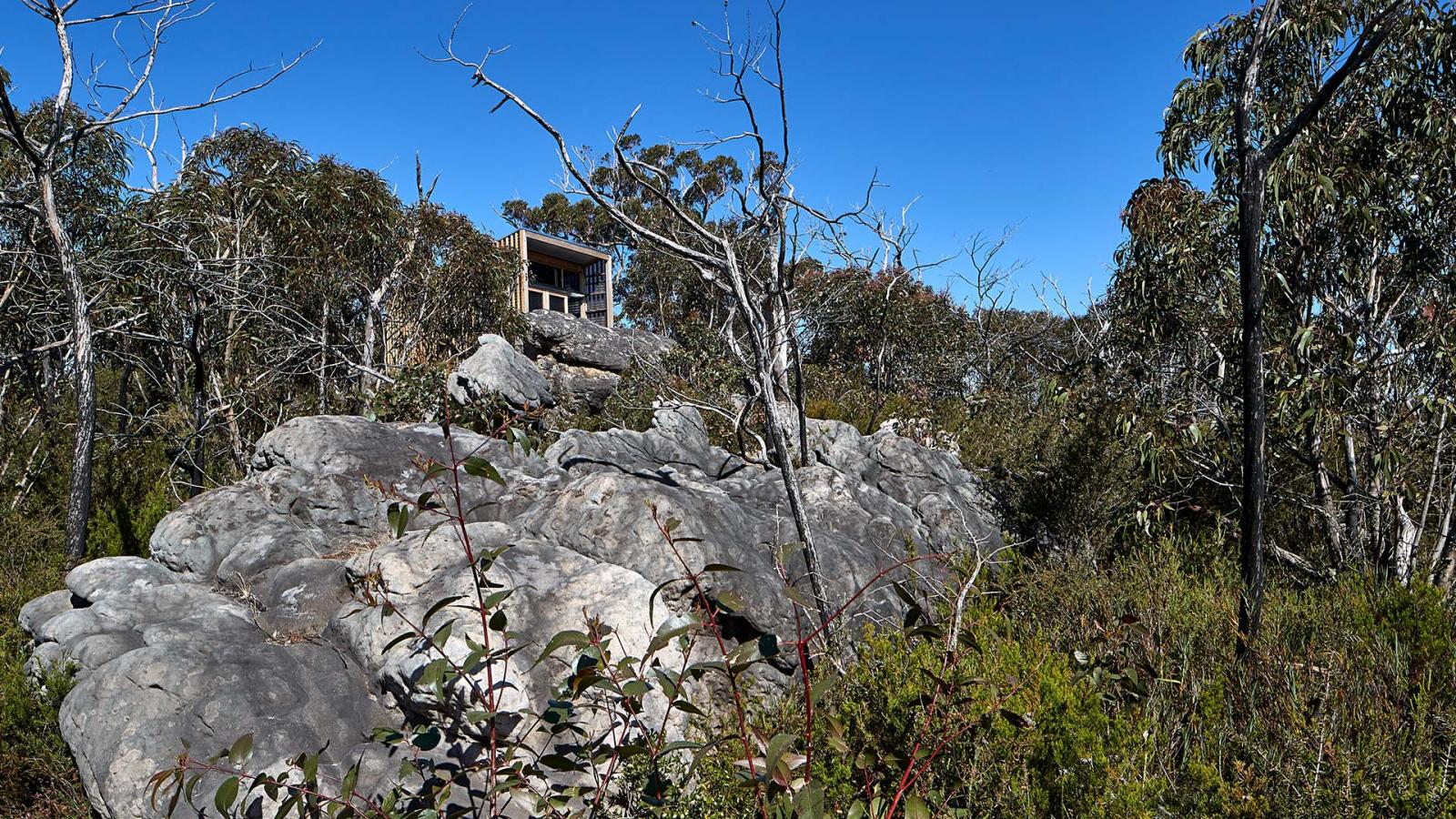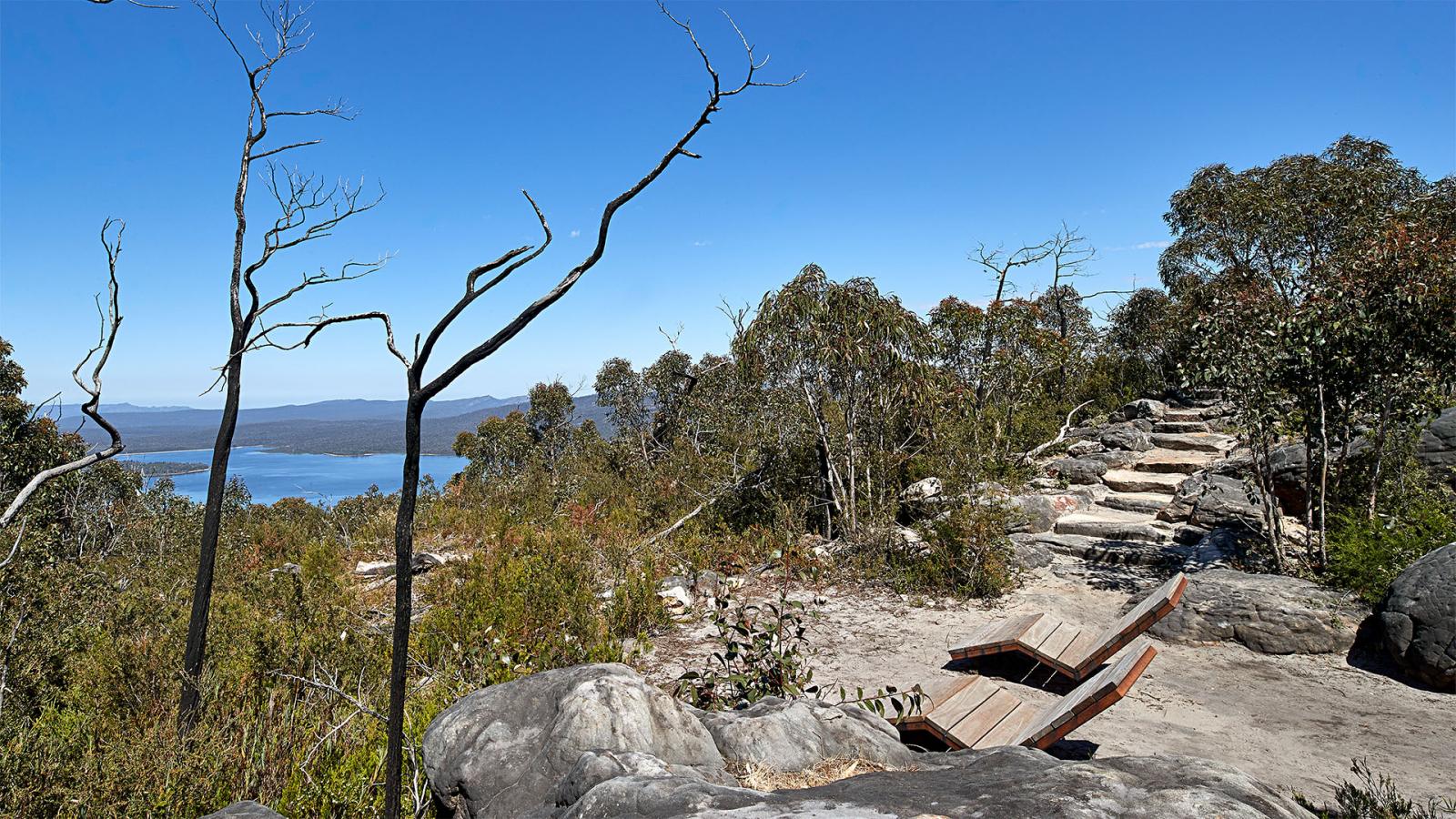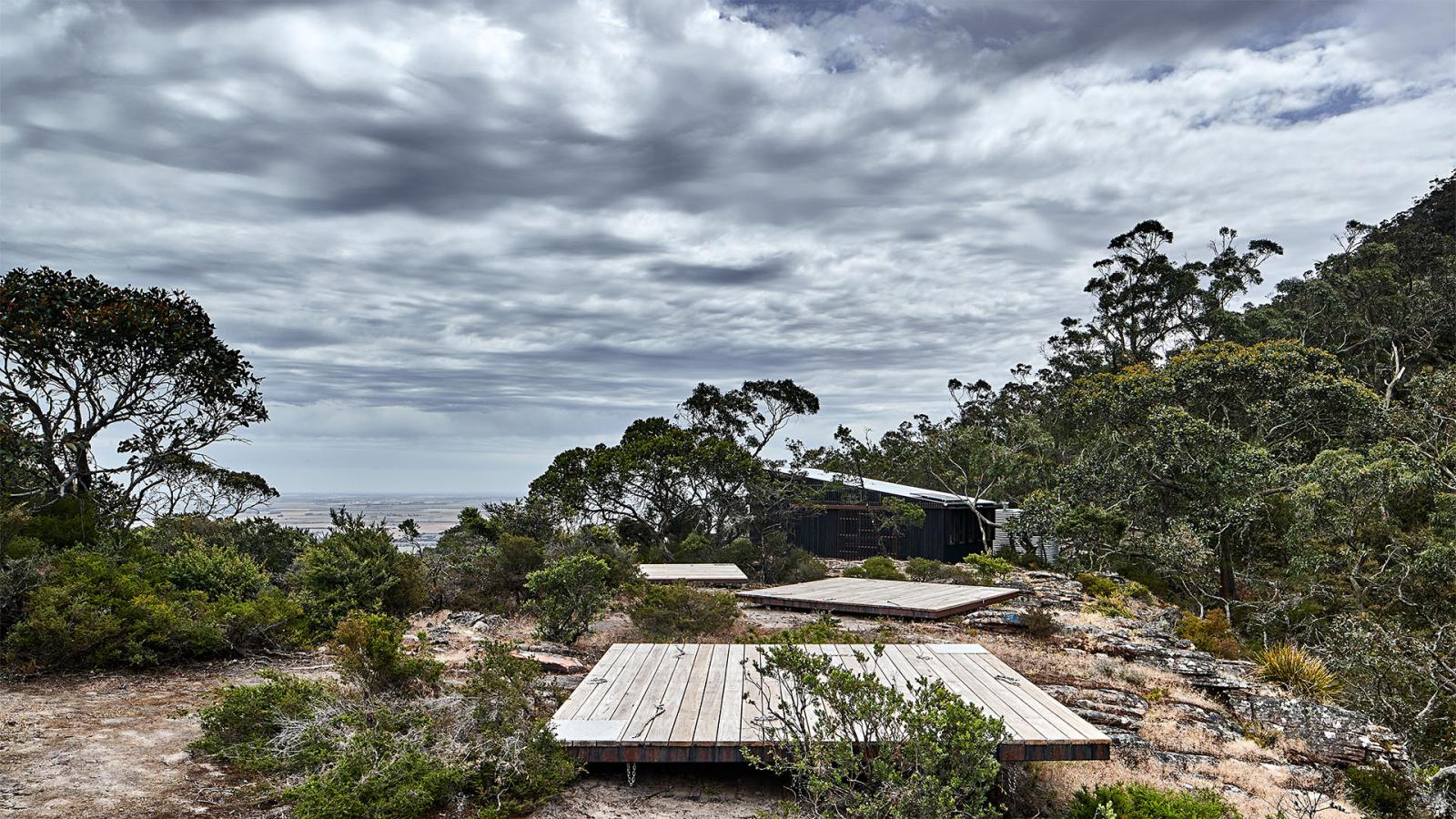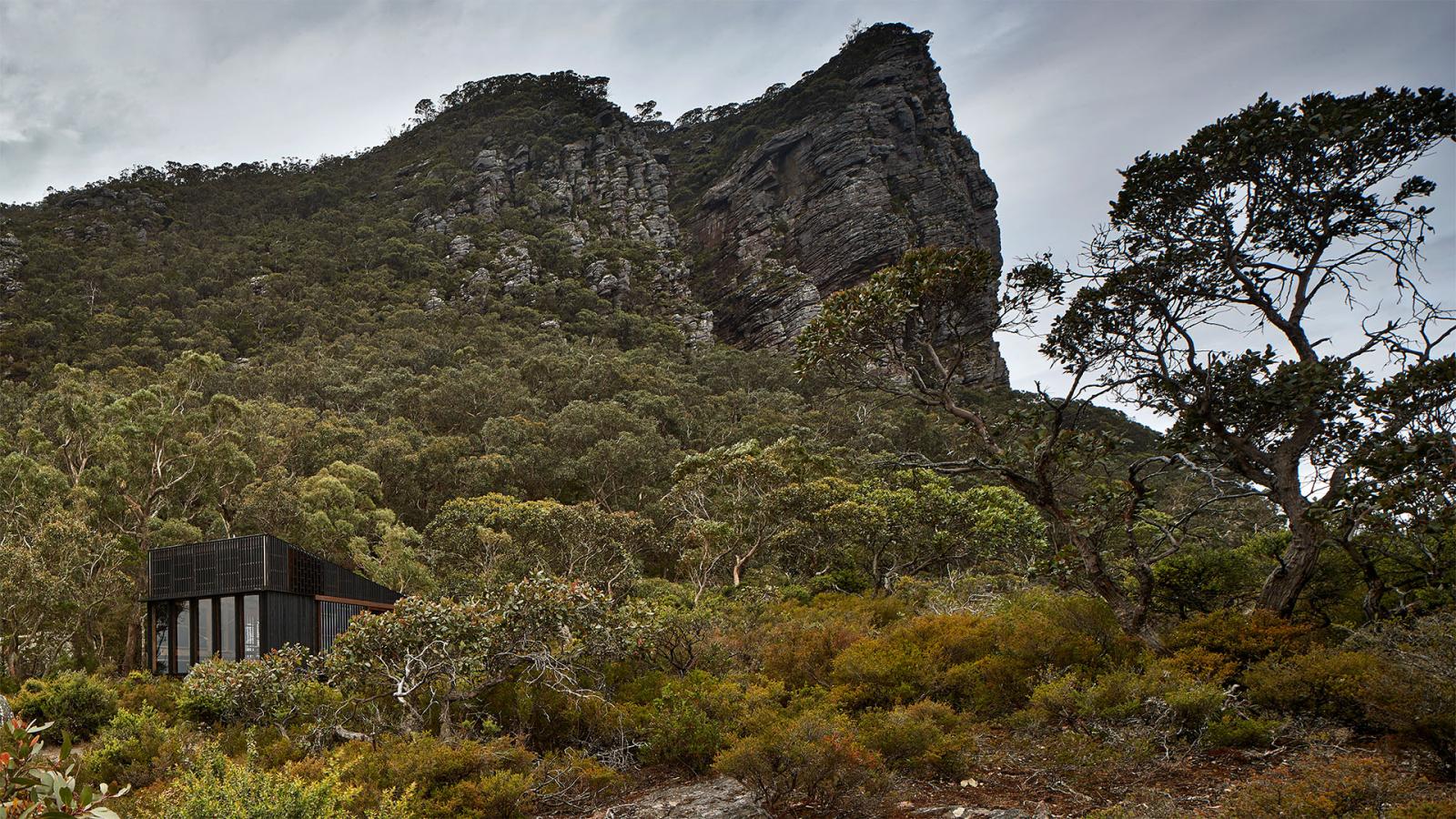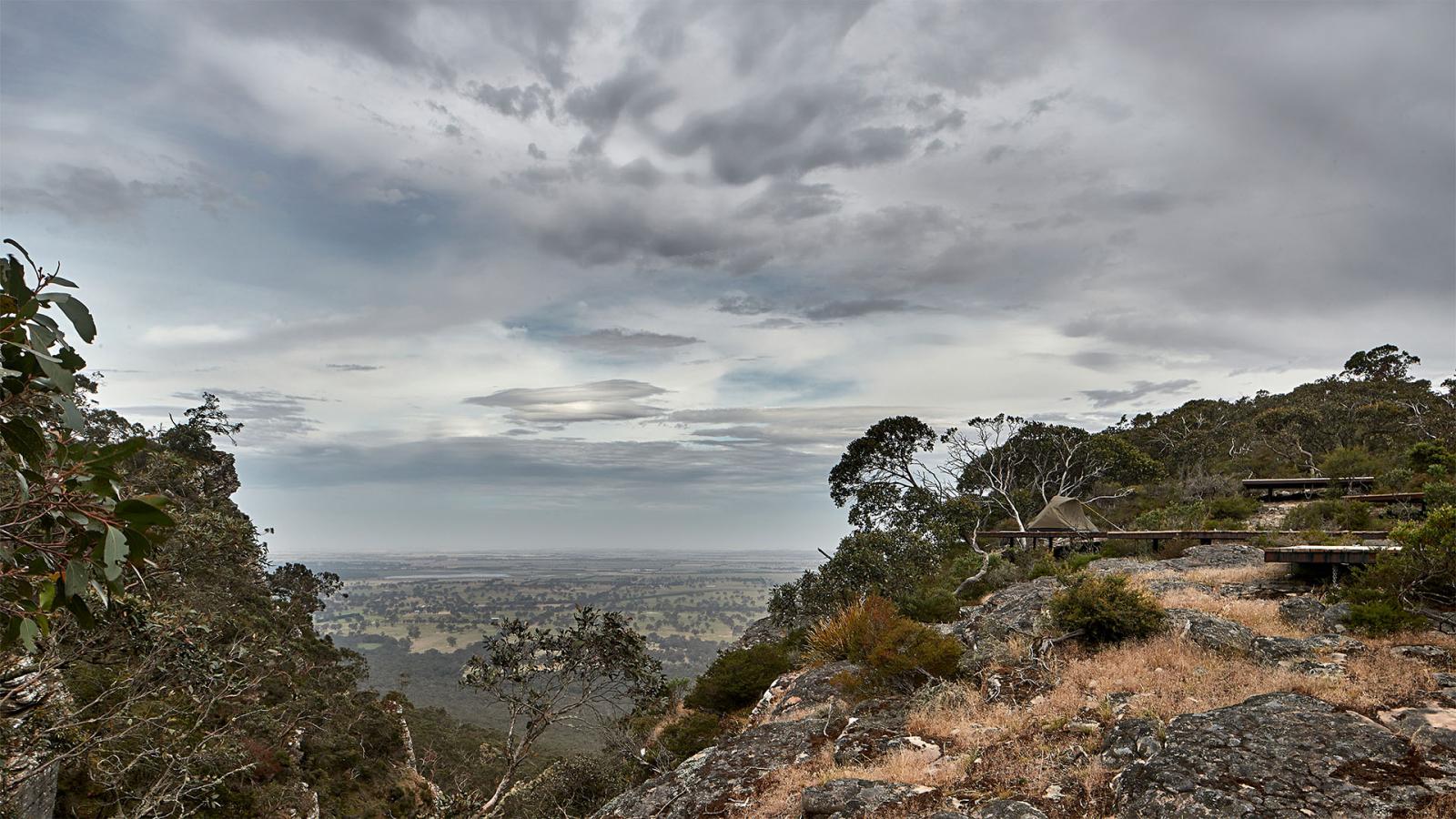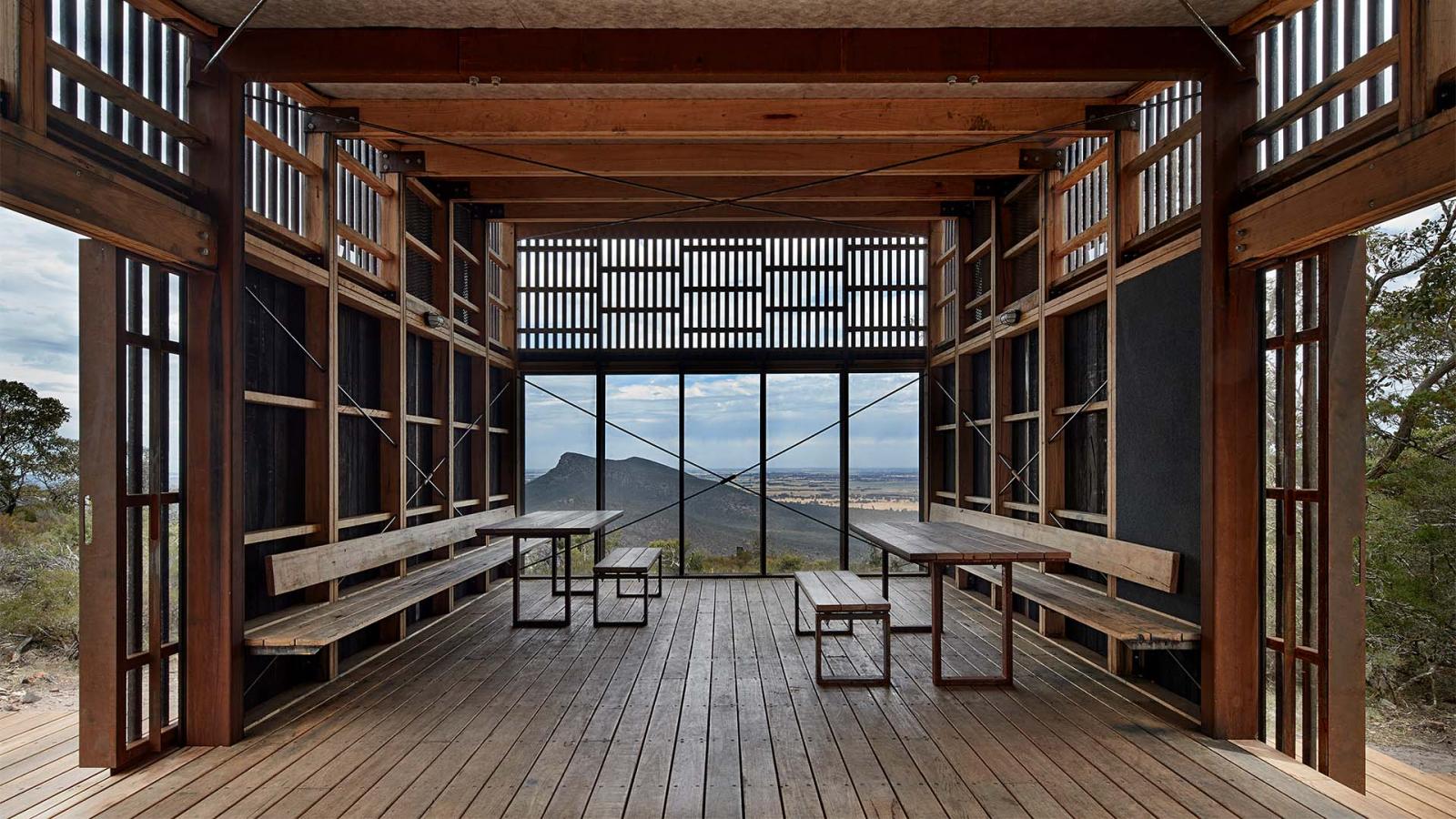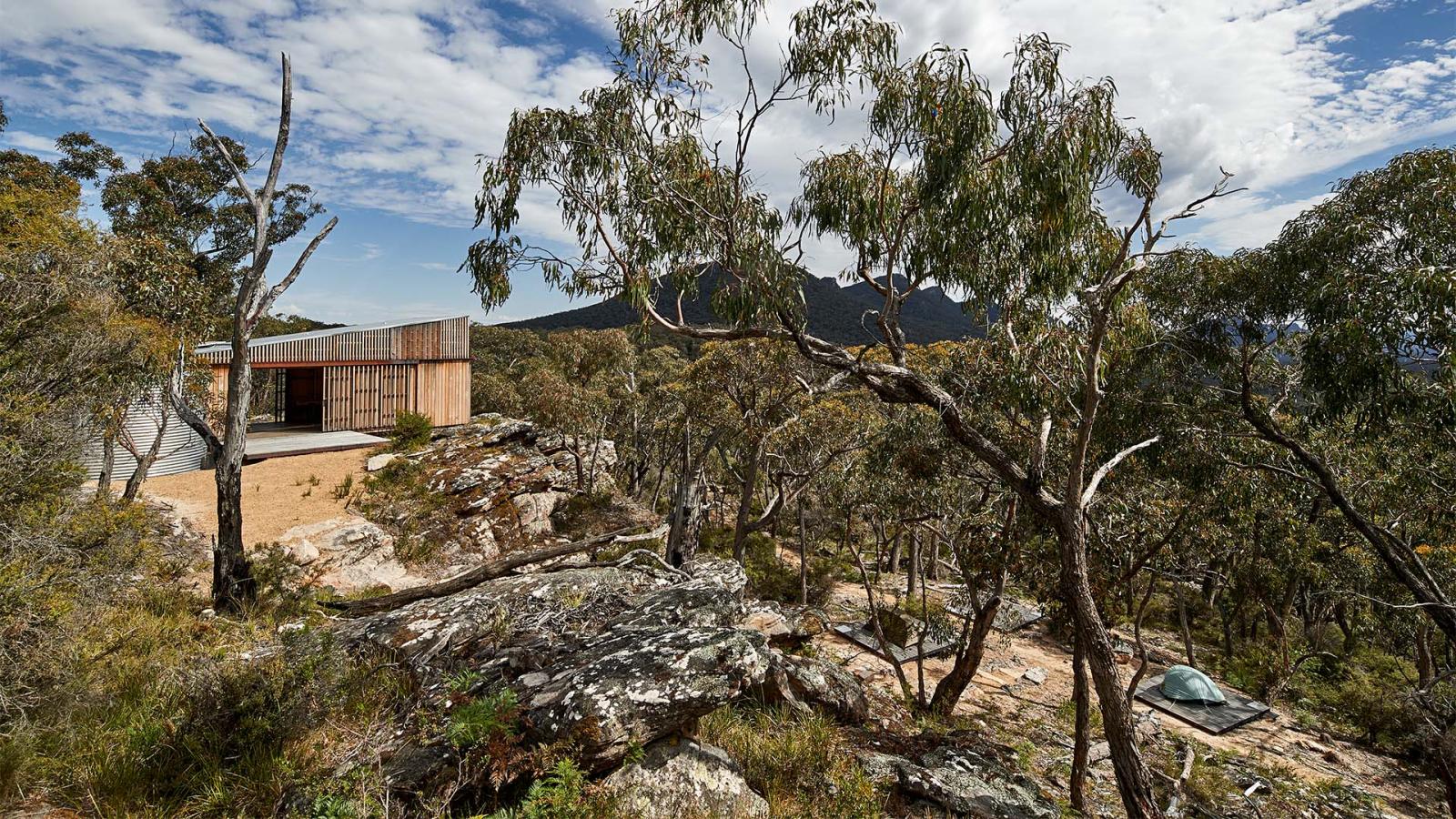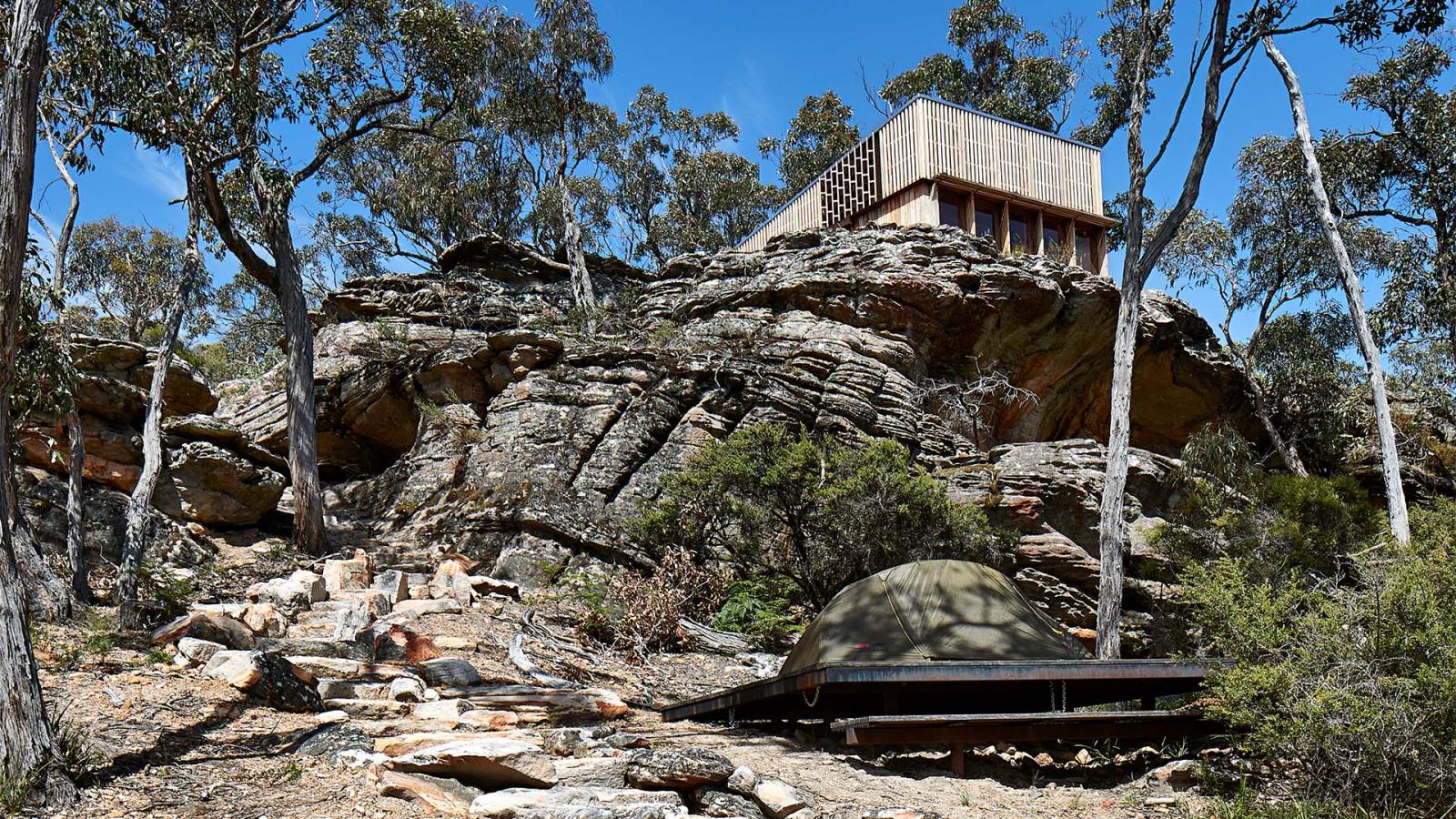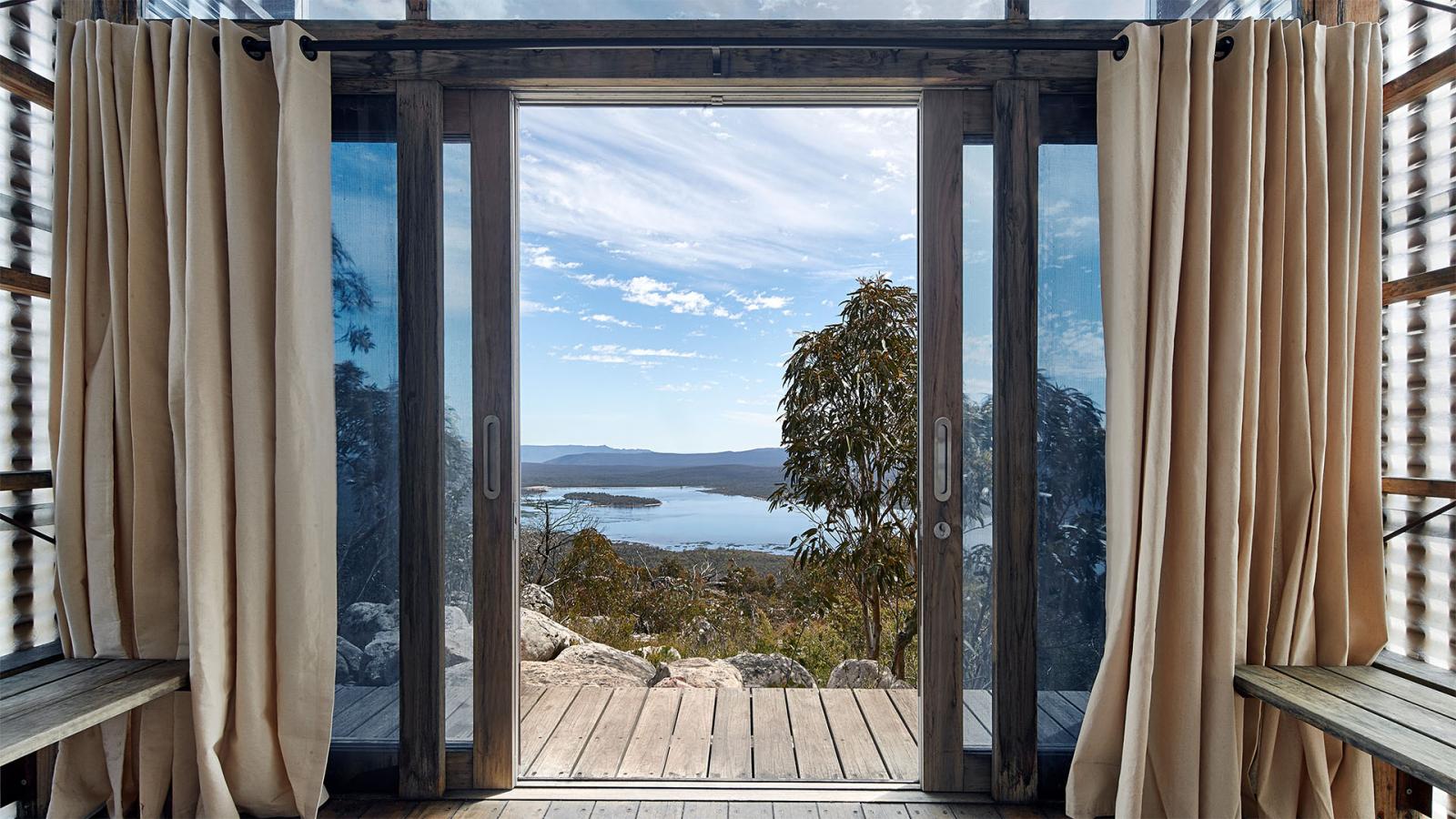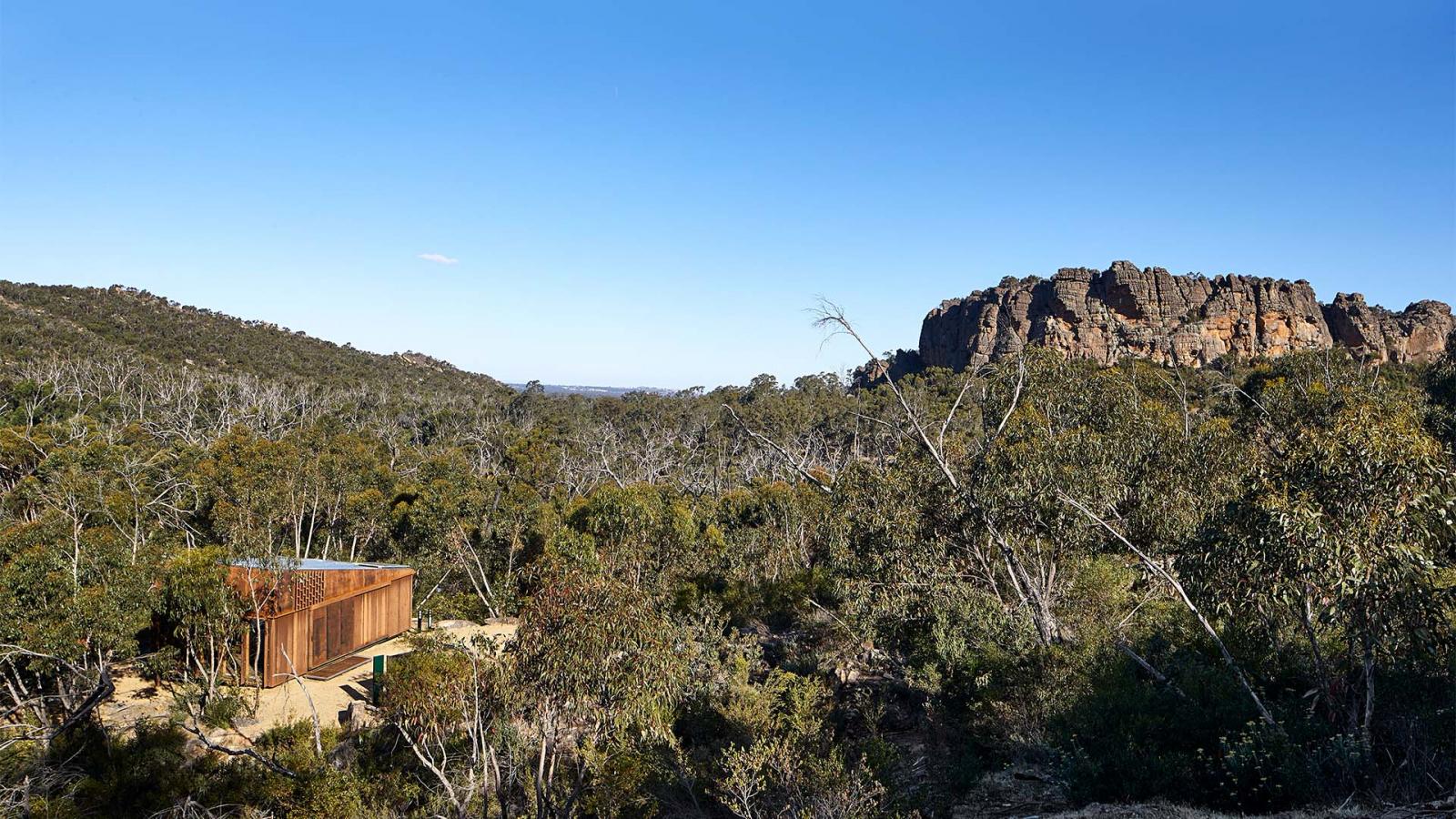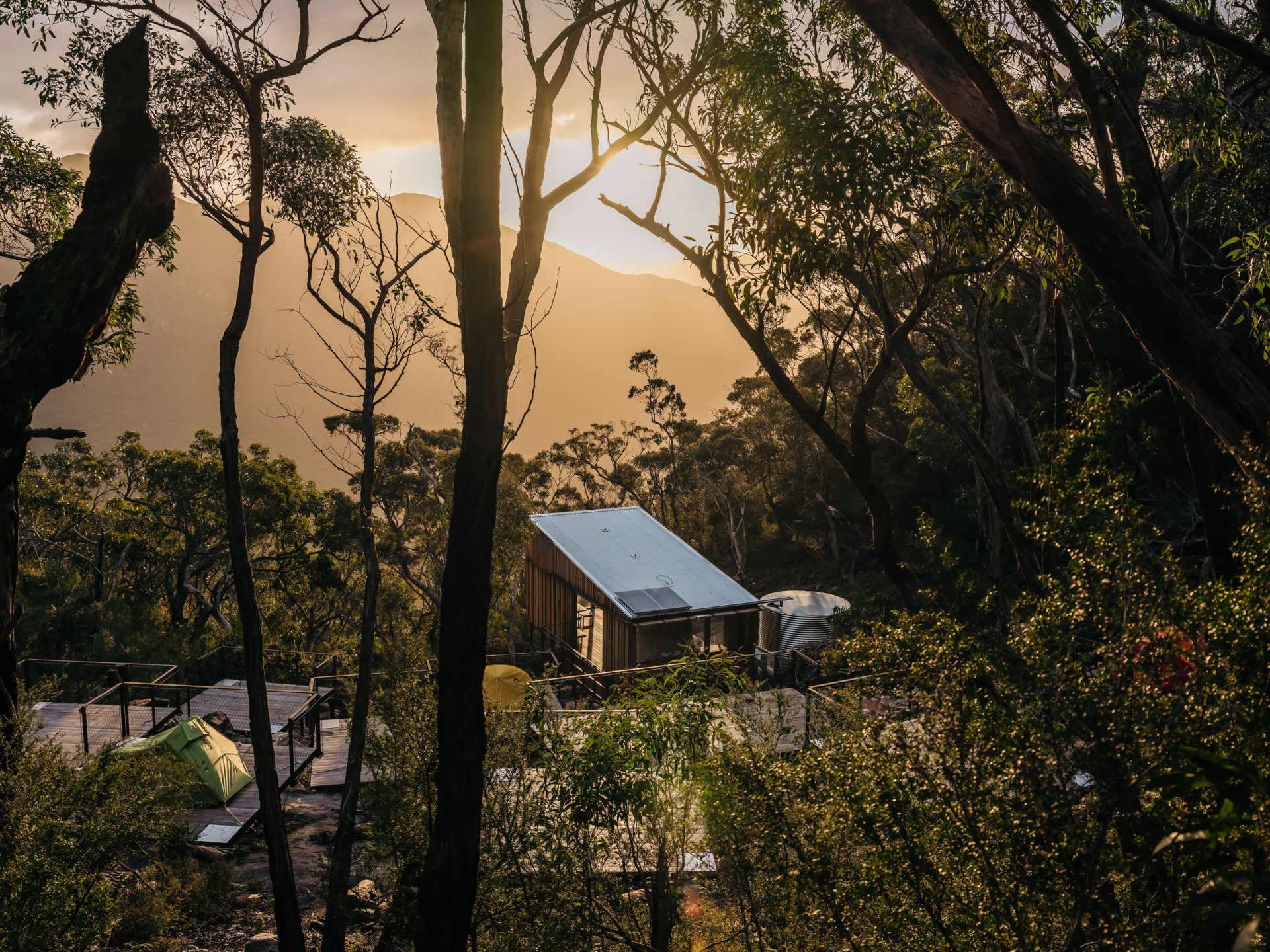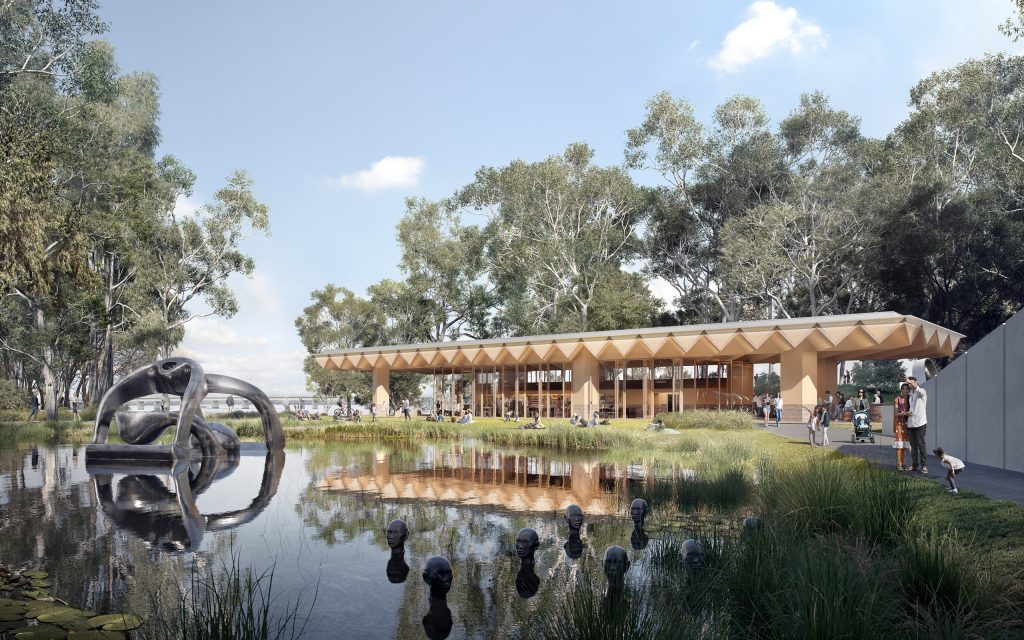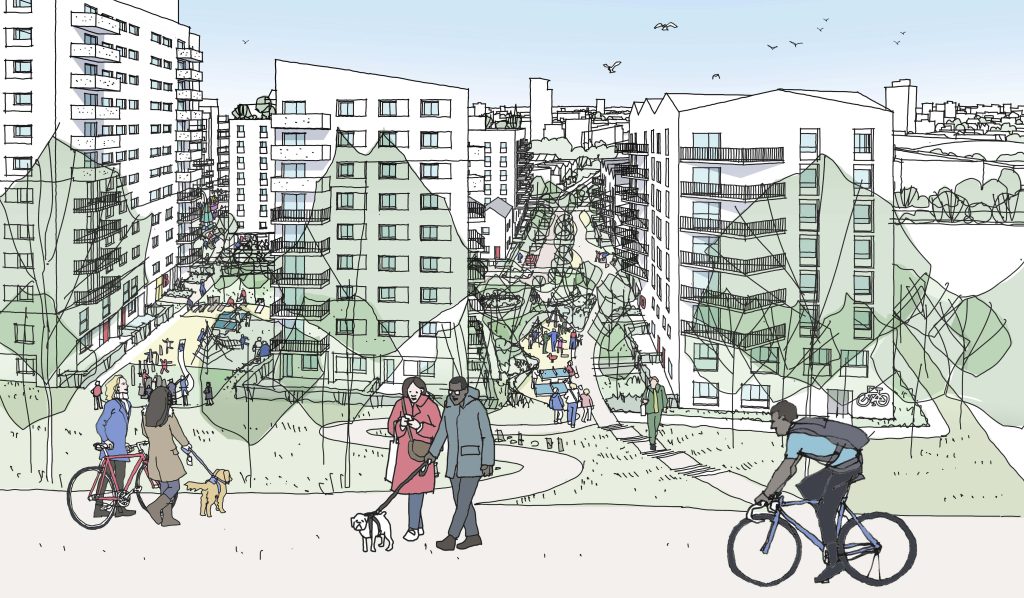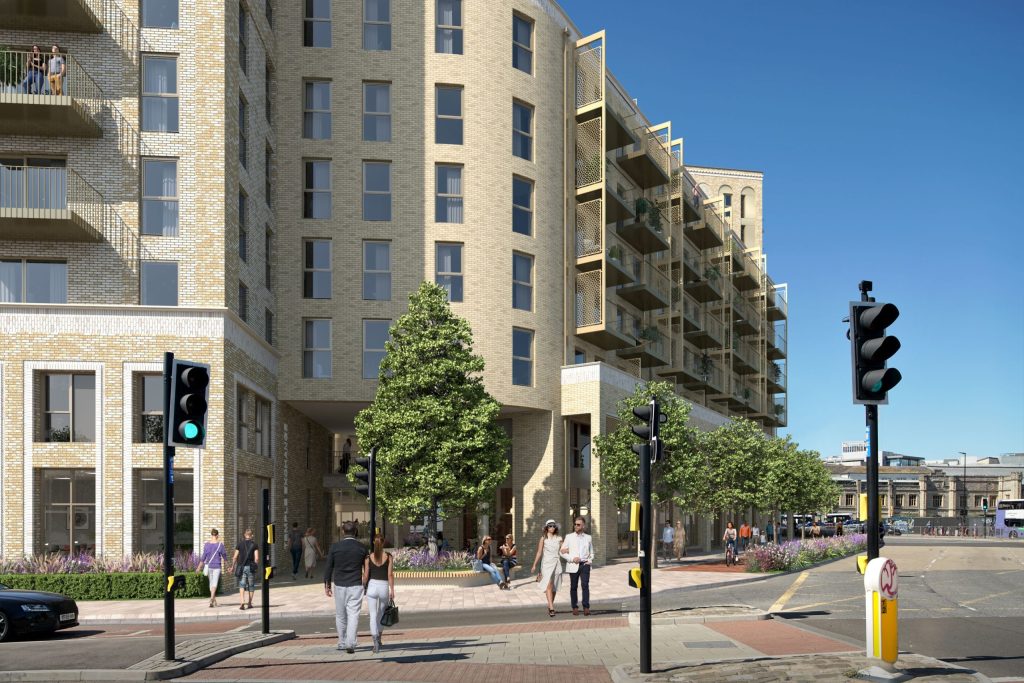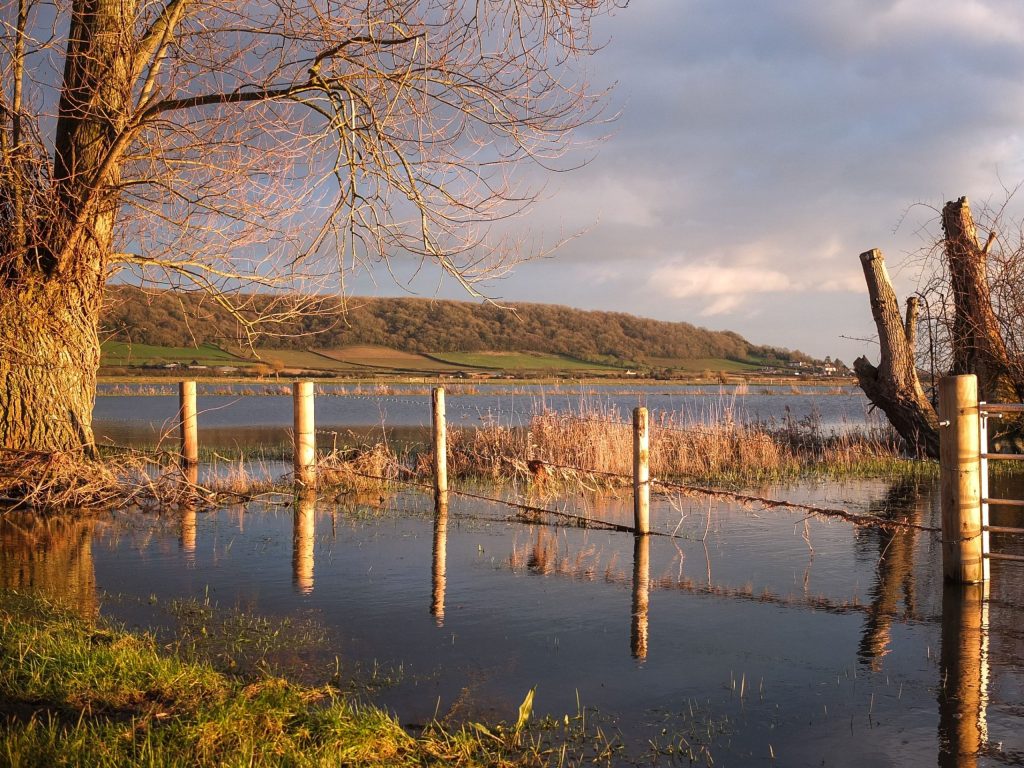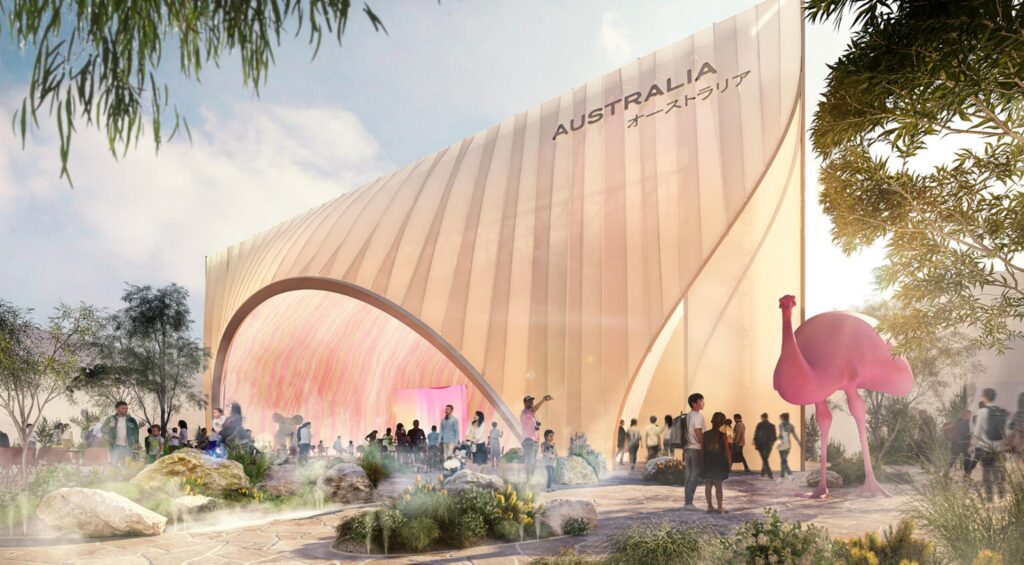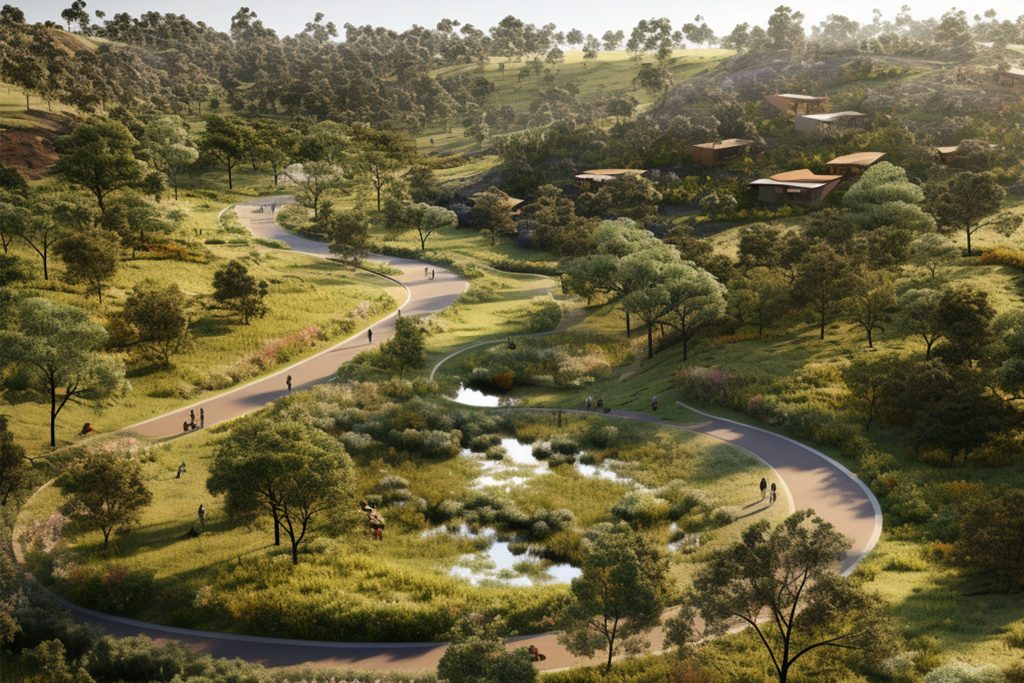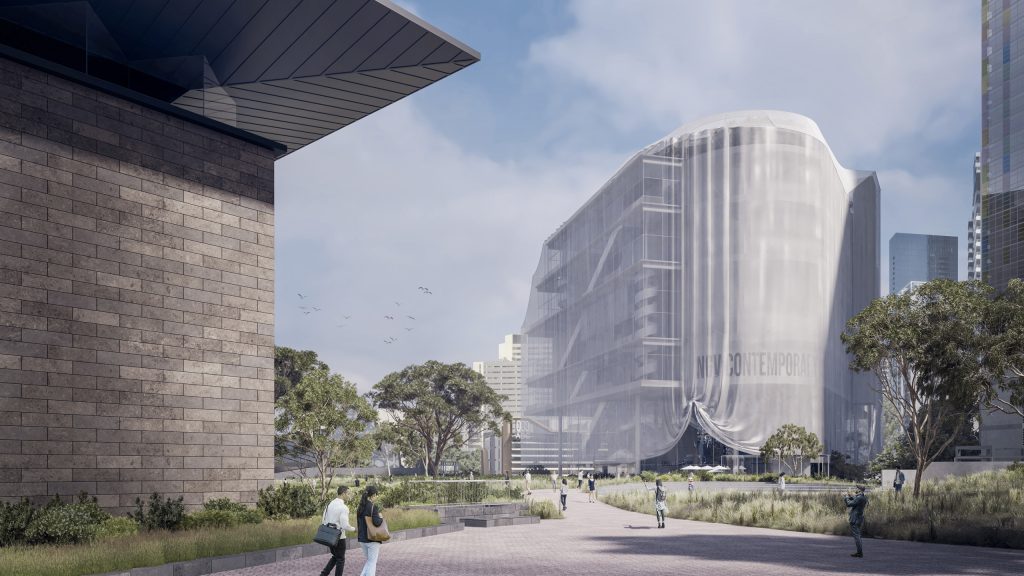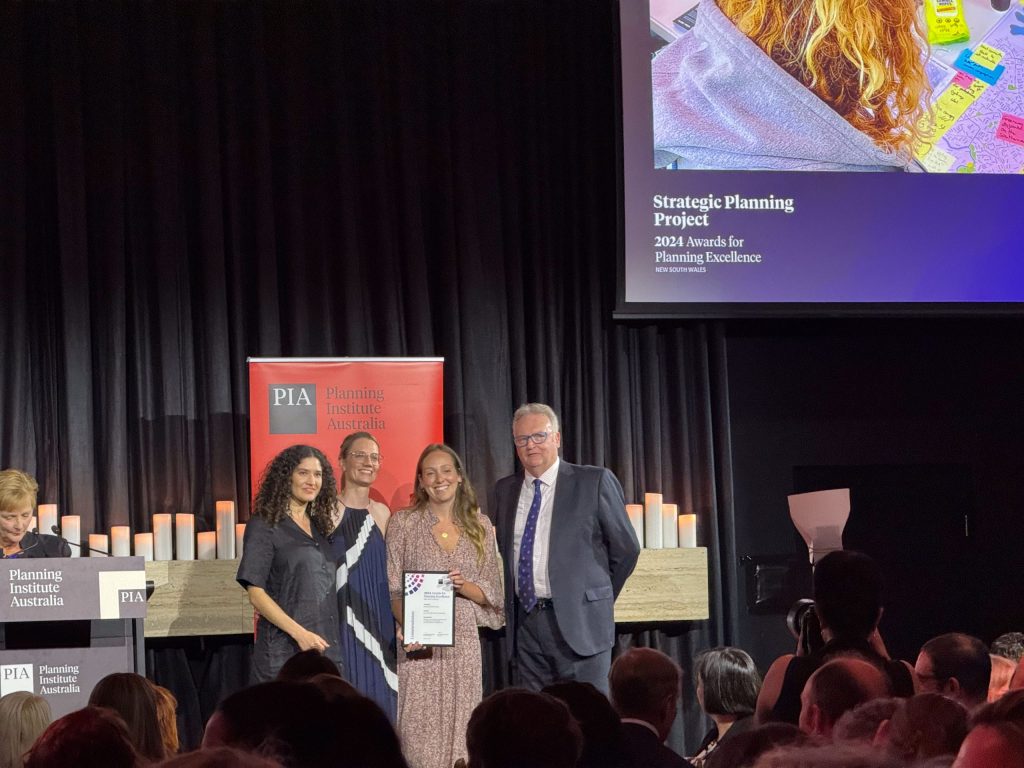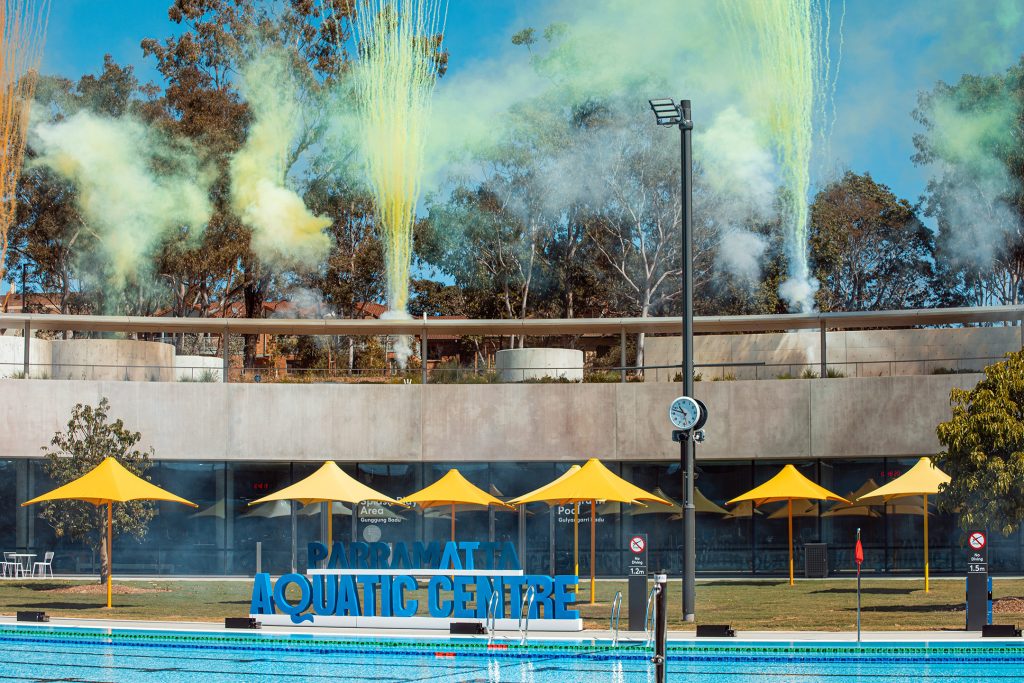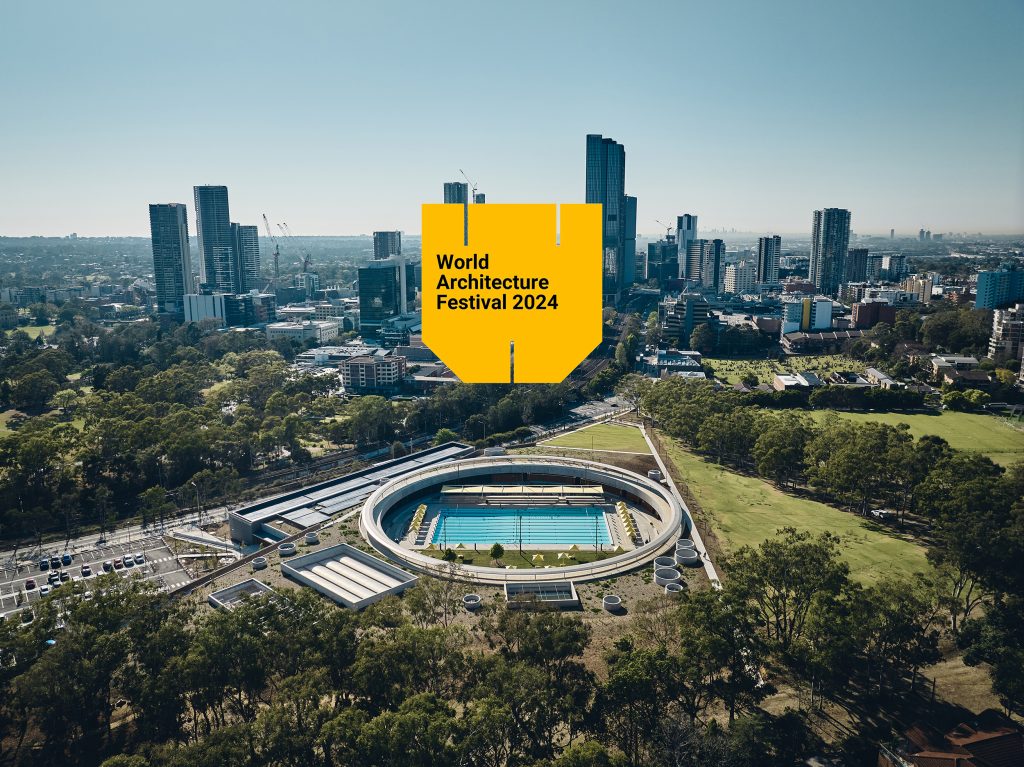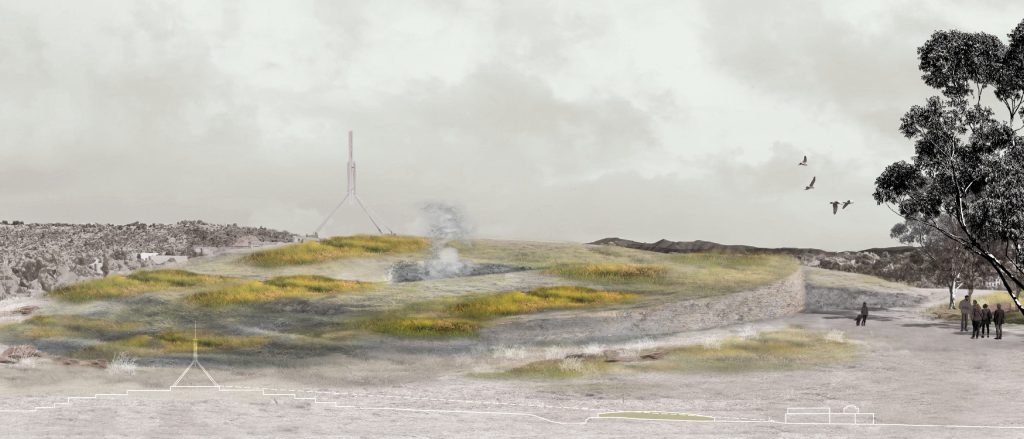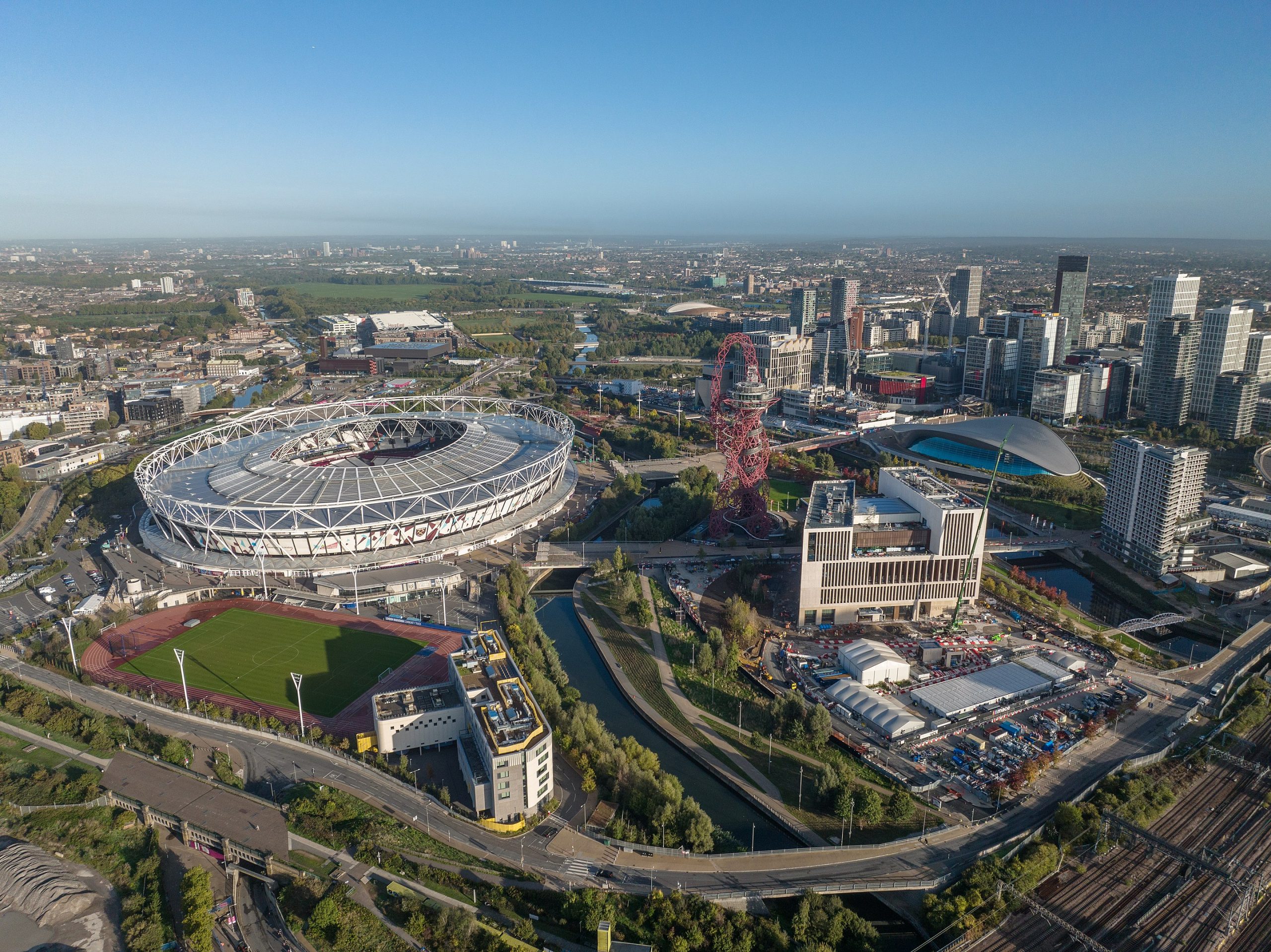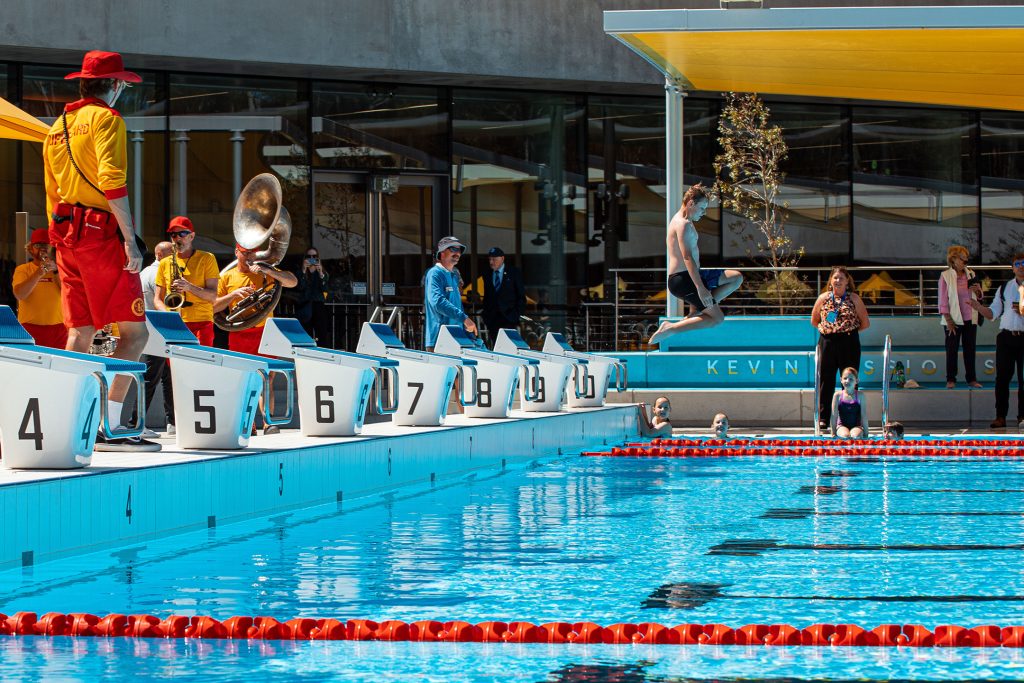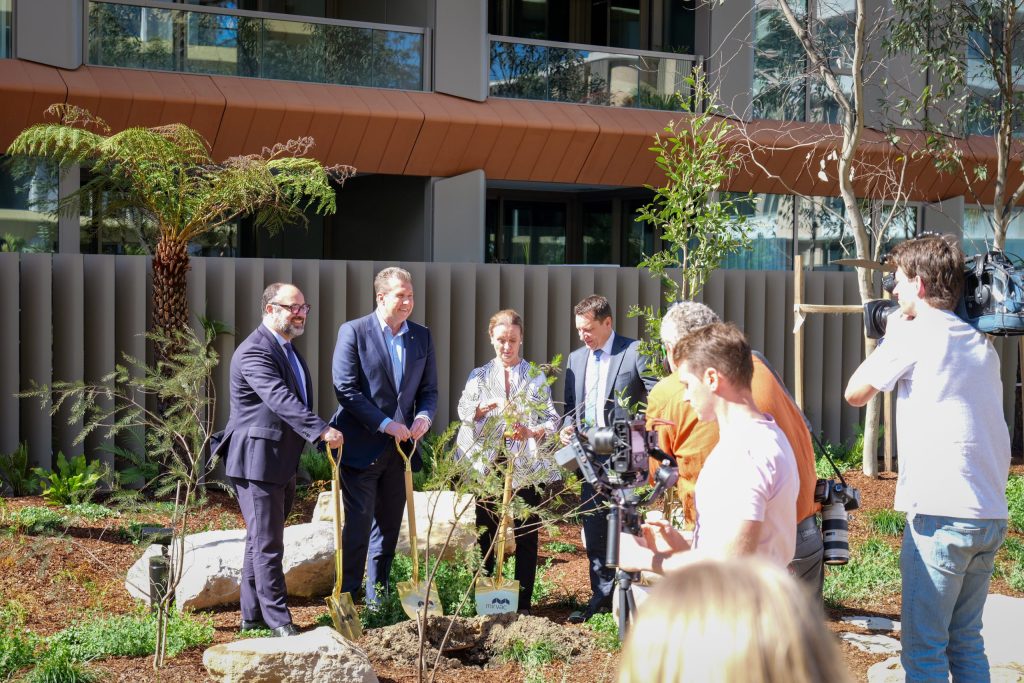The Grampians Peaks Trail (GPT) Stage 2 offers a world-class hiking experience over 160km of pristine Gariwerd wilderness. The trail traverses the lands of three traditional owners: Barengi Gadjin Land Council, Eastern Maar Aboriginal Corporation, and Gunditj Mirring Traditional Owners Aboriginal Corporation, and includes three regional council jurisdictions. The project includes 10 sites along the GPT plus the group site of Stony Creek but excludes Stage 1 at Bugiga, undertaken previously by others.
The architectural brief called for the provision of structures at selected campsites along the trail, including Communal Hiker Shelters, Amenities Pods, and Gariwerd Camp Huts. McGregor Coxall, the lead consultant and multidisciplinary design firm (Landscape Architecture, Urban Design, Environment), worked closely with Noxon Giffen (Architects) and OPS Engineers (Structural Engineers) in a highly collaborative operation spanning 3.5 years. Fundamental to Parks Victoria’s brief were three key elements: celebration of Gariwerd (Grampians) with landscape as the hero, recognition of the scale and diversity of the terrain with site-responsive designs, and adoption of design strategies for construction and maintenance in response to the remote nature of the trail.
GPT is bound by a series of breathtaking views and memorable experiences. The walk will conserve, protect, and celebrate the unique beauty of Gariwerd (Grampians), achieving the highest possible grade of environmental sensitivity through the protection of site-specific conditions such as biotope preservation, overland flow management, and microclimate. Parks Victoria selected a series of campsites along the stretch of terrain, working closely with Traditional Owners to define clear guidelines and boundaries for landform, ecology, spatial typology, and cultural immersion at each site. As a result, the trail will bring visitors closer to the rich Aboriginal culture of the Jardwadjali and Djab Wurrung peoples who have lived in these ranges for thousands of years.
A common thread is established through all sites, incorporating site-specific responses that curate the various contexts, stories, and conditions of each of the locations. Campsites were designed to touch the ground lightly, minimizing impact on the environment and maintaining Gariwerd’s iconic, biodiverse landscape as the hero. A family of architecture, designed in close collaboration with Noxon Giffen, responds to each site’s unique geological conditions and character and is tailored for harmony with site lines, sun exposure, wind, and ecological communities. Minimalistic amenities, restricted to essentials of tent platforms, communal areas, and toilets, amplify the hiker experience with an appropriate level of comfort. Architecture offers protection from the elements without completely inhibiting the senses of nature. Off-grid campsites are designed with mindfulness to guidelines, and tracks intuitive circulation allows for more sustainable campsites that minimize public access to dense vegetation. In complement, site greywater is treated to the highest possible standards through passive systems.
Designing for distinctive environments like Gariwerd requires immersion. Site analysis and design development processes entailed journeys to individual sites, meditating in different weather conditions and at different times of day to gain the greatest appreciation for the landscape. Observation fueled imagination for the site’s possibilities, resulting in a series of thoughtfully designed hiking camps, purpose-built for posterity and a wide range of users and intensities.
Site Area |
167.2 ha |
|---|---|
Services |
|
Collaborators |
|
Awards |
|
